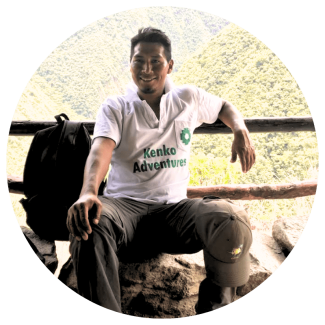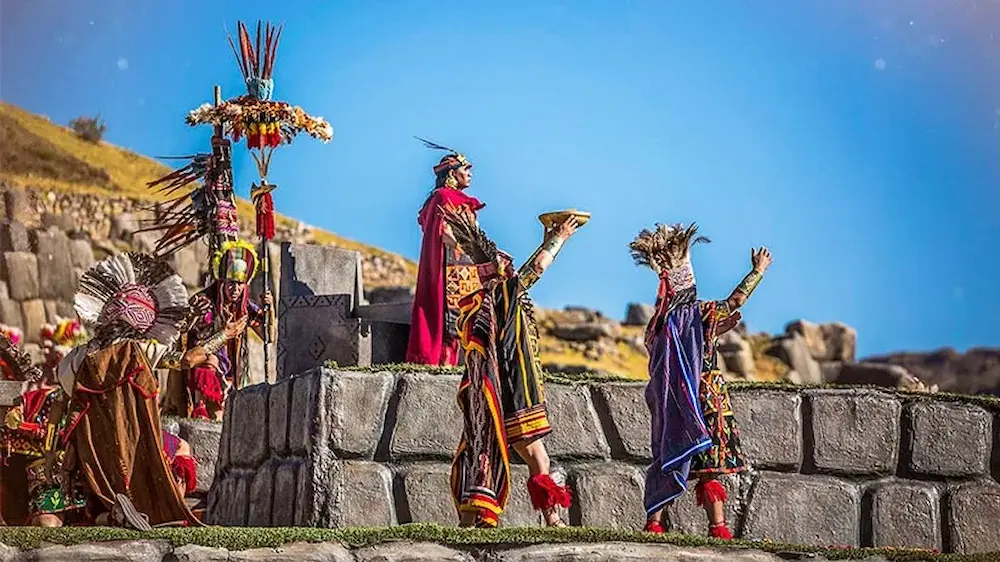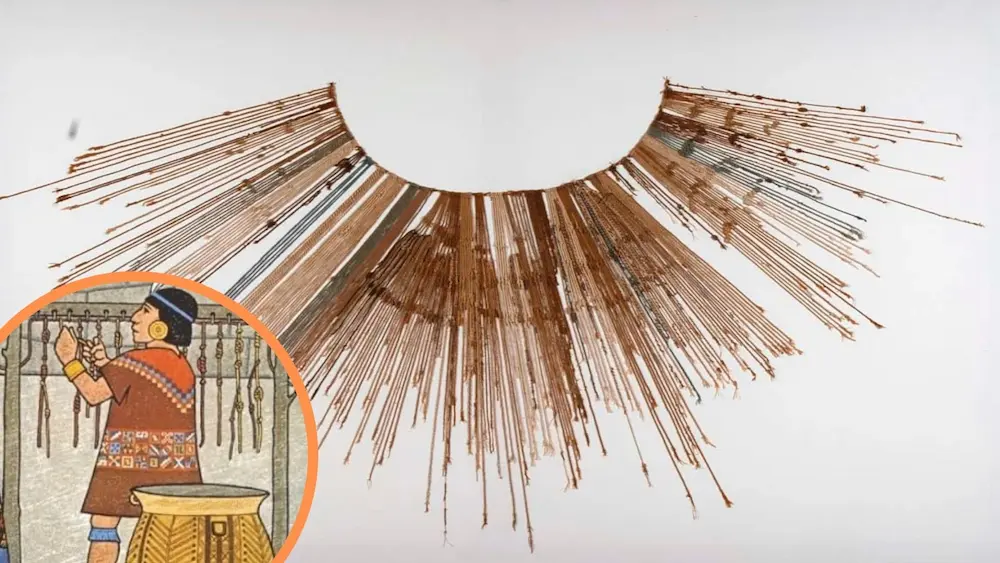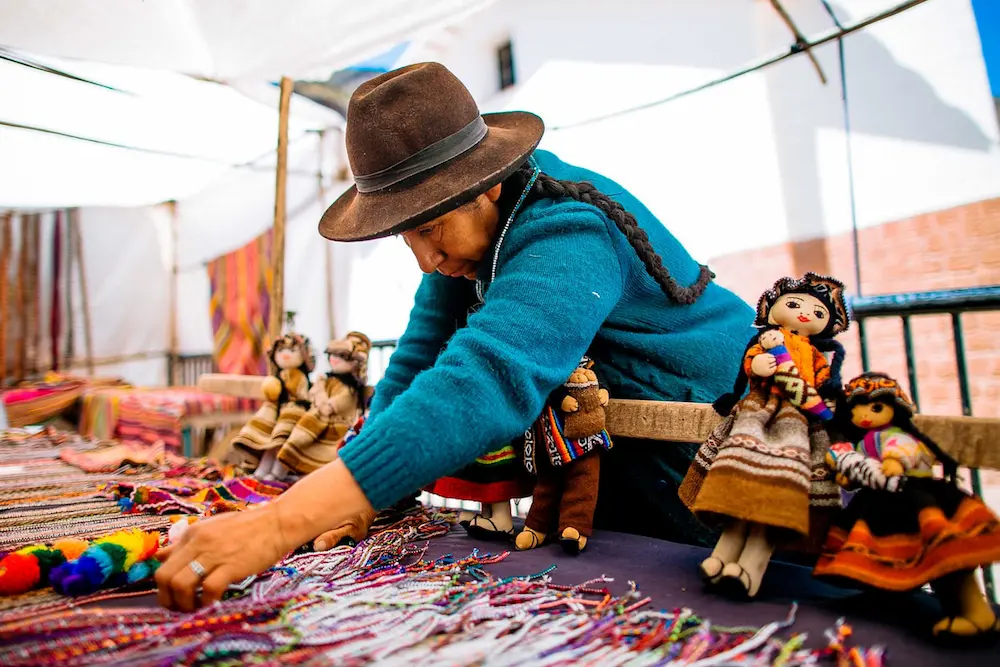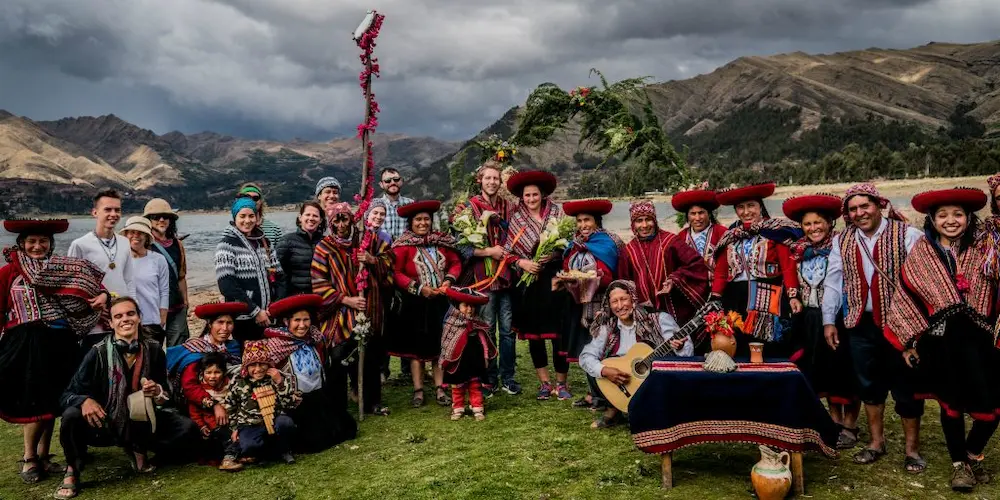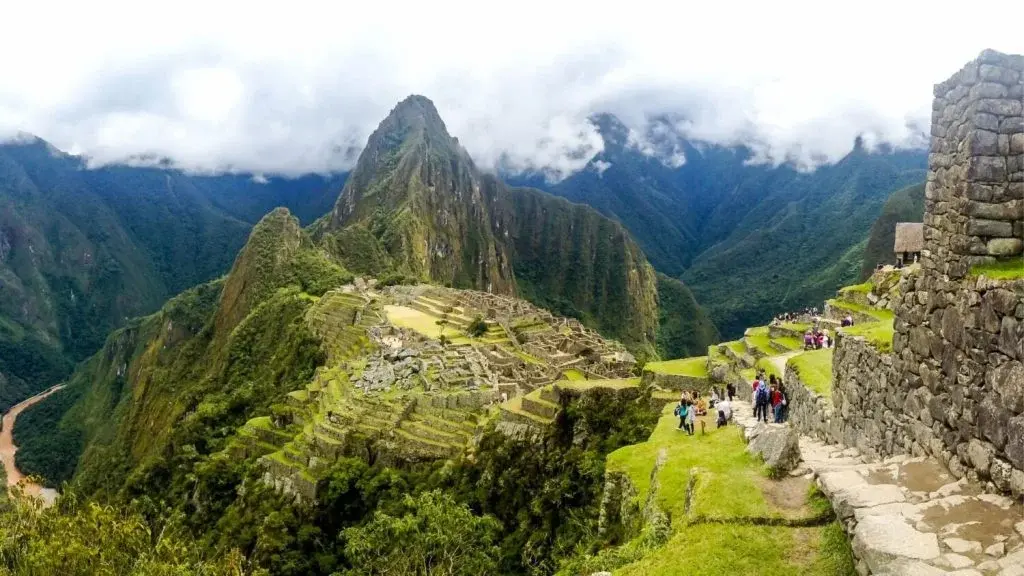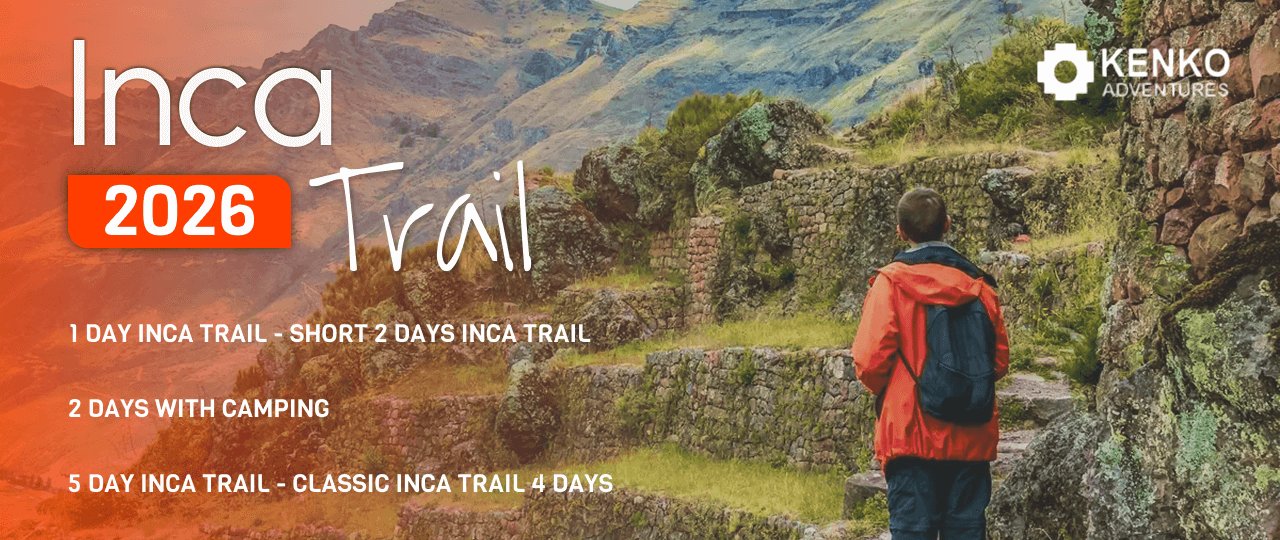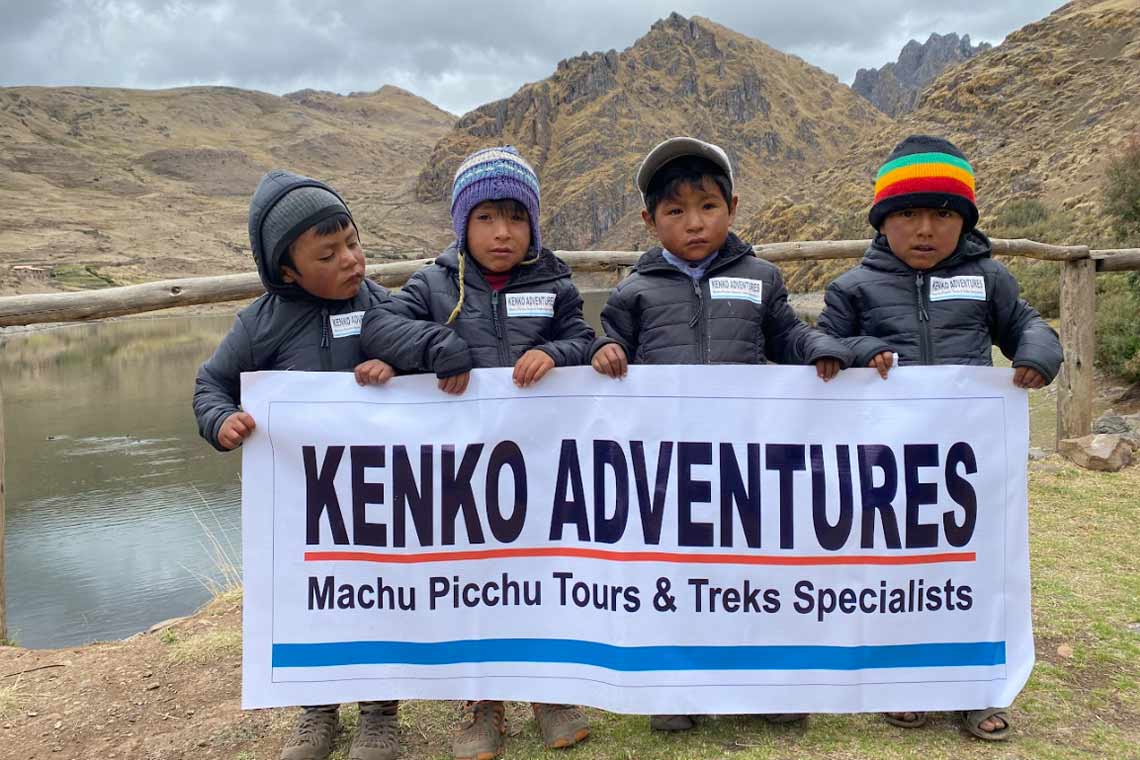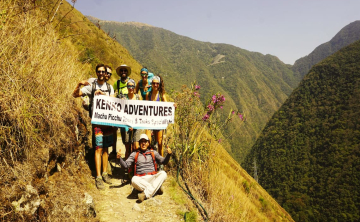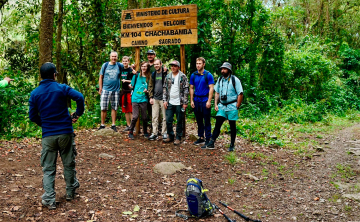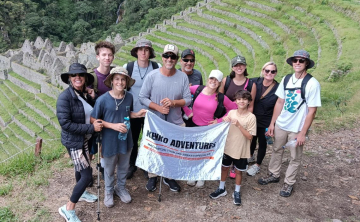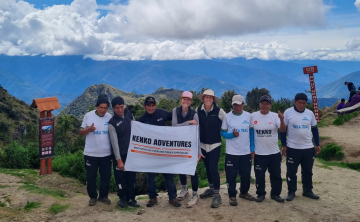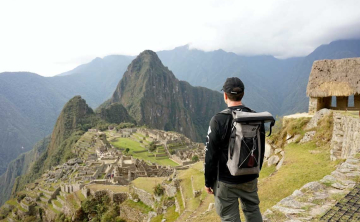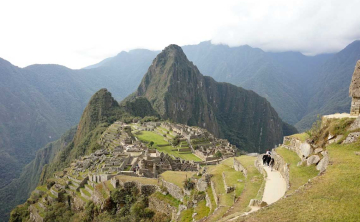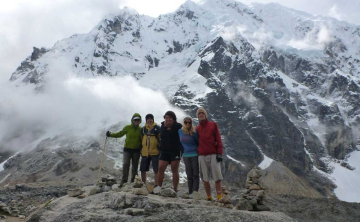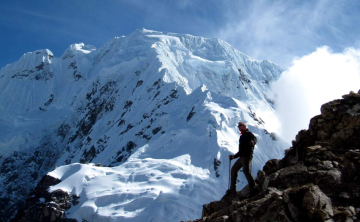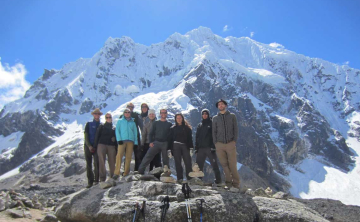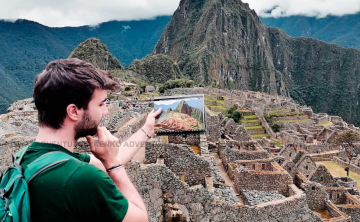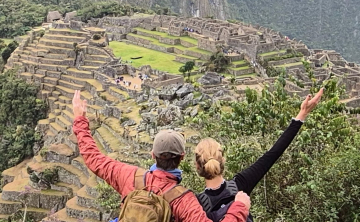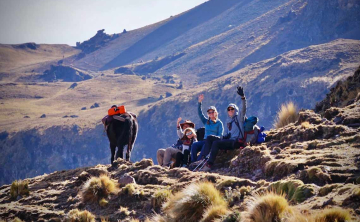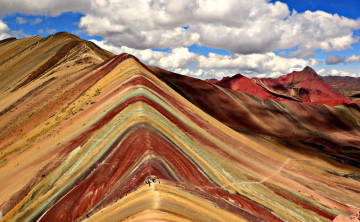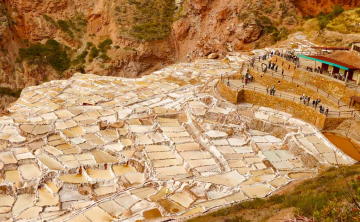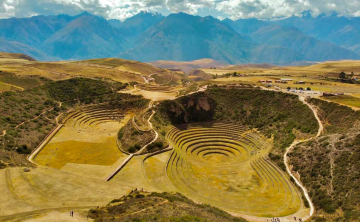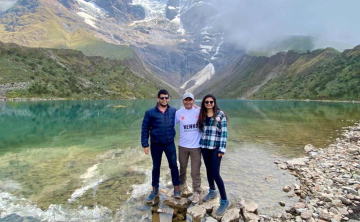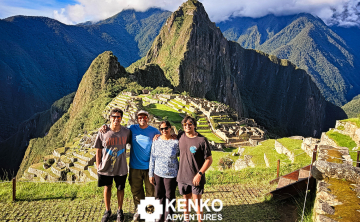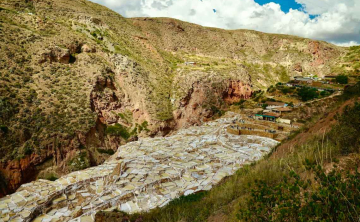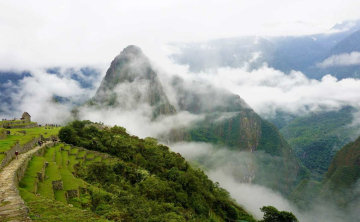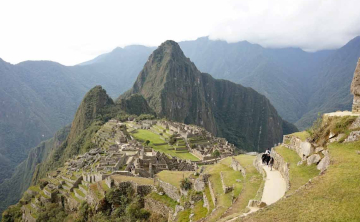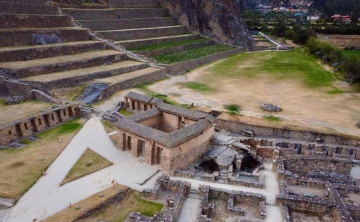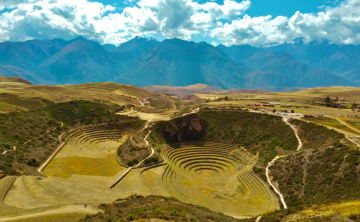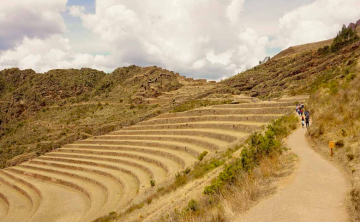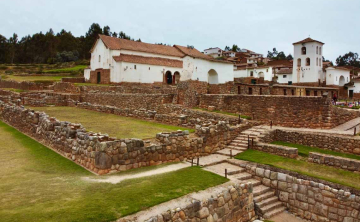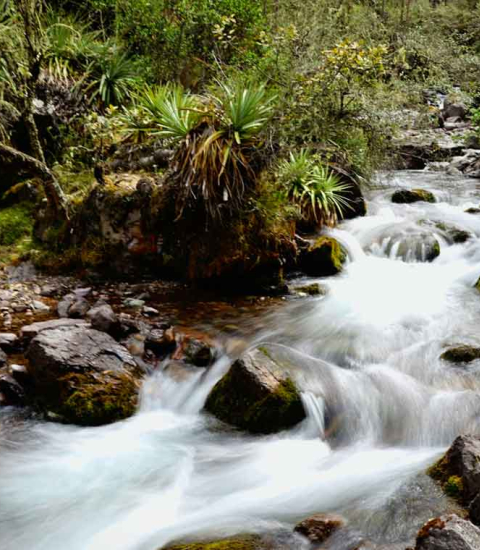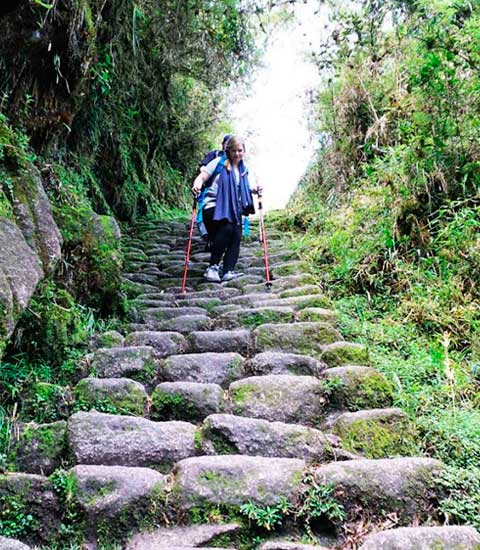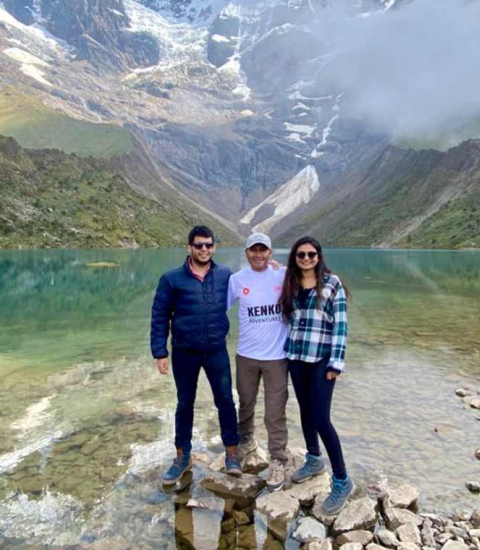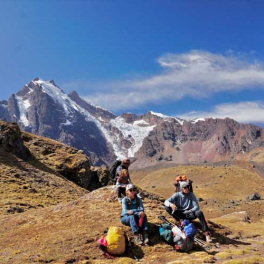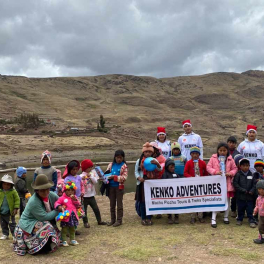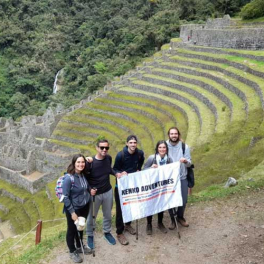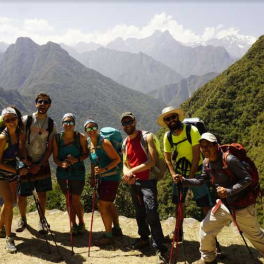20 fascinating facts about Inca Culture
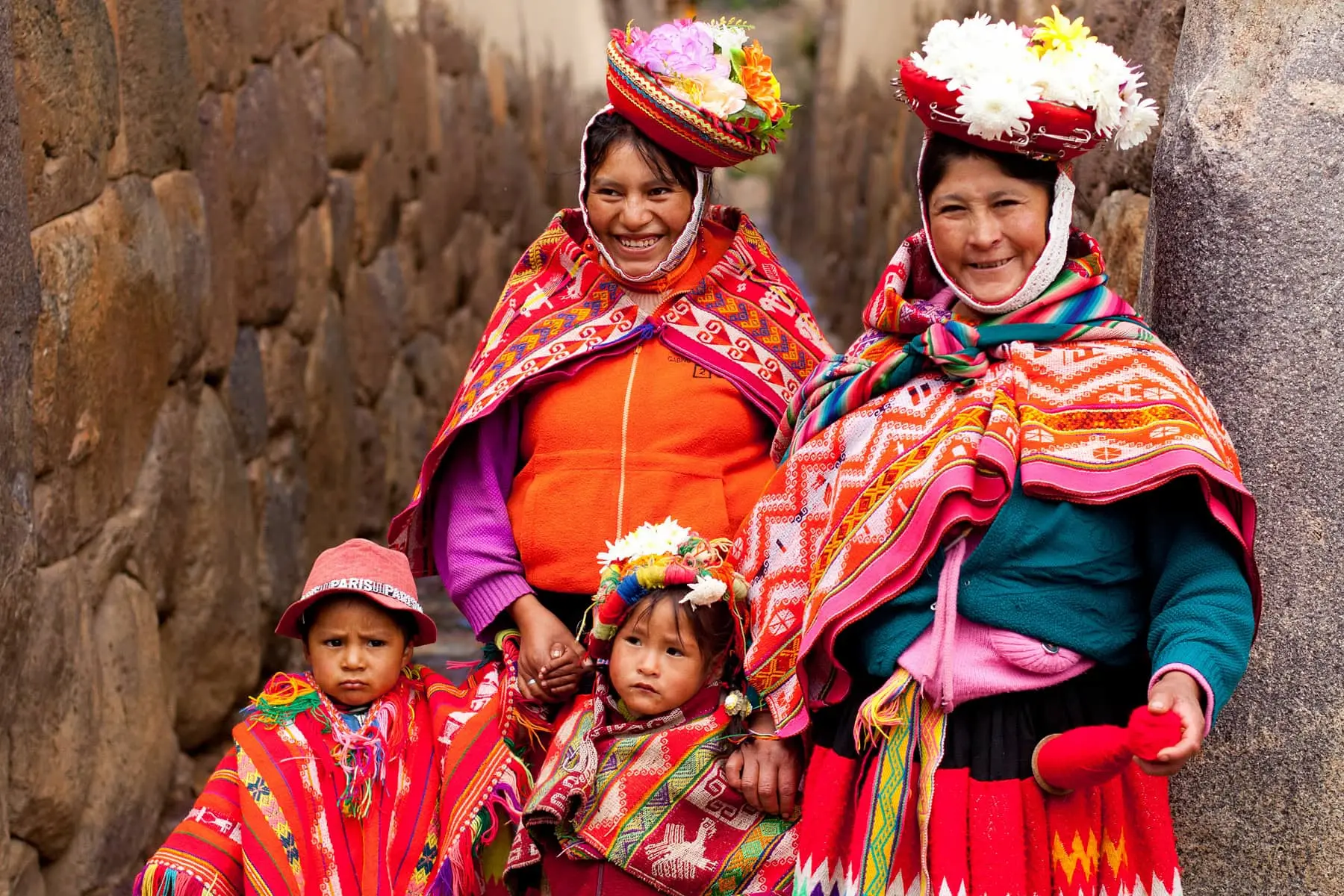
Imagine walking along ancient paths that exist between the Andes, where every stone, every terrace, and every river tells the story of an empire that dominated the mountains and the sky. In this article, you'll discover 20 facts about Inca culture that reveal secrets of the Inca Empire that few know, connecting its people with nature and the stars.
If you're a traveler seeking adventure and authenticity, this tour will take you beyond the typical tours. Each piece of information is an invitation to explore hidden trails, admire breathtaking landscapes, and feel the history of the Incas come alive as you hike the Inca Trail, the Salkantay Treks, and the sacred valleys that only a few have been fortunate enough to explore.
1. The Inca Empire was the largest in pre-Columbian America
The Inca Empire, or Tahuantinsuyo, was the largest empire in pre-Columbian America, stretching from present-day Ecuador in the north to central Chile and northwest Argentina in the south. At its peak, it had a population of over 10 million people. The empire was divided into four regions called suyus, all governed from the capital, Cusco, allowing the Incas to efficiently manage agriculture, trade, and political affairs across vast and diverse terrains.
You might also want to check out: Spanish conquest of the Inca Empire
2. The Sapa Inca was considered a descendant of the sun god
The Sapa Inca, the emperor, was believed to be the direct descendant of Inti, the sun god. This divine lineage gave him ultimate authority, blending religious and political power. The Sapa Inca led important ceremonies, including Inti Raymi, and was responsible for maintaining harmony between the natural and spiritual worlds. His word was law, and his image inspired loyalty across the empire.
3. The Inca built an extensive road network called Qhapaq ├Ĺan
The Incas developed an impressive network of roads called Qhapaq ├Ĺan, stretching over 25,000 miles to connect the vast empire. These roads facilitated trade, communication, and military movement across the AndesÔÇÖ challenging terrain. Many of these ancient paths are still used today by travelers seeking adventure, especially on Inca Trail treks, where hikers walk the same routes once traveled by Inca messengers and armies. The combination of historical significance and breathtaking landscapes makes these treks a unique way to experience Inca ingenuity firsthand.
4. Terrace farming allowed agriculture in the Andes
The Incas mastered terrace farming to grow crops on the steep Andean slopes. These terraces prevented soil erosion, improved water management, and allowed the cultivation of staples like potatoes, maize, and quinoa. Today, travelers can witness the stunning landscapes of these terraces firsthand on Salkantay treks, where hiking through the Andean mountains provides a direct connection to the agricultural ingenuity of the Inca civilization. These treks not only offer breathtaking views but also a chance to understand how the Incas thrived in such challenging terrain.
You might also want to check out: The mita system and mita obligations
5. The Incas had no written language but used quipus
Instead of a written language, the Incas developed quipusÔÇöknotted strings used to record numbers and information. These devices allowed administrators to track census data, taxes, and labor contributions across the empire. Quipus demonstrate the IncasÔÇÖ ingenuity in communication and record-keeping, showing that a sophisticated bureaucracy can exist without written text.
6. Mita was a labor system benefiting the state and community
The mita system required communities to contribute labor for state projects such as road construction, agricultural work, and building temples. Participation was organized in rotational shifts to prevent disruption of local agriculture. In return, the state provided food, clothing, and protection. Mita exemplified the IncasÔÇÖ approach to reciprocity and social responsibility, fostering community cohesion while supporting large-scale infrastructure projects.
7. Inca architecture is earthquake-resistant
Inca builders achieved remarkable precision in stonework, fitting massive stones together without mortar. This technique allowed structures like Machu Picchu and Sacsayhuamán to withstand earthquakes common in the Andes. Buildings were designed with trapezoidal doors, interlocking stones, and wide foundations, reflecting a deep understanding of engineering and geology.
8. Religion was central to daily life
Religion permeated every aspect of Inca life. The Incas worshiped Inti, Pachamama, and other deities, linking spirituality with agriculture and governance. Ceremonies such as Inti Raymi celebrated the sun, while offerings of food, textiles, and coca leaves were common. Religion reinforced social order, communal identity, and respect for nature, integrating spiritual beliefs with daily practices.
You might also want to check out: A guide to hiking to the Sun Gate (Inti Punku)
9. Inca artisans excelled in textiles and crafts
Textiles were a vital part of Inca culture, used in clothing, ceremonial offerings, and as a display of status. Weaving techniques were intricate, often featuring symbolic patterns and bright natural dyes. Artisans also created pottery, metalwork, and jewelry, reflecting high craftsmanship and deep cultural symbolism. These crafts were essential for social, religious, and political life.
10. Food preservation techniques ensured food security
The Incas developed advanced food preservation methods, such as freeze-drying potatoes into chu├▒o and storing maize in large granaries. These techniques ensured that communities had food during droughts or harsh winters. The combination of terrace farming, irrigation, and preservation allowed the empire to feed millions and maintain stability across diverse ecological zones.
11. The Incas had a highly organized army
The Inca army was well-trained, disciplined, and strategically organized. Soldiers were deployed for both defense and expansion campaigns. Military service was integrated into the mita system, ensuring that citizens contributed to the empireÔÇÖs protection. This organization allowed the Incas to control a vast and diverse territory efficiently.
12. Strategic placement of cities and fortresses
Inca cities and fortresses were carefully placed for defense, administration, and access to resources. Examples include Ollantaytambo and Sacsayhuamán, which utilized natural terrain features for protection and connectivity. These locations also served as administrative centers, ensuring that distant regions remained under effective Inca control.
13. The Incas practiced advanced medicine and surgery
Inca medicine combined herbal remedies, rituals, and practical surgery. Techniques such as trepanation (drilling into the skull) were used to treat injuries and illnesses. Herbal knowledge, wound care, and spiritual healing were integrated, showcasing a sophisticated understanding of health and wellbeing for their time.
14. Quechua and Aymara languages survive today
Quechua and Aymara, once the primary languages of the Inca Empire, are still widely spoken across the Andes. These languages preserve oral traditions, historical knowledge, and cultural identity, connecting modern communities with their ancestral past. Travelers can hear these languages in daily life, ceremonies, and local markets, experiencing a living link to Inca culture.
You might also want to check out: The Inca Culture History
15. Inca culture influences modern Peruvian society
The legacy of the Incas continues to shape Peru today. From architecture and agriculture to textiles, festivals, and cuisine, Inca traditions are woven into modern life. Tourism, cultural preservation, and community practices allow visitors to experience a living heritage that blends past and present, offering a deep and immersive understanding of the Andean world.
16. The Incas developed sophisticated irrigation systems
The Incas engineered canals, aqueducts, and water terraces to manage scarce water in the Andes. These systems allowed efficient irrigation of crops on steep slopes and ensured a stable food supply. Many of these ancient channels are still functional today, demonstrating their advanced understanding of hydraulics and agriculture.
17. Their festivals combined religion, politics, and agriculture
Inca festivals, like Inti Raymi, celebrated the sun god while reinforcing social hierarchy and political authority. These events also aligned with agricultural cycles, ensuring communal participation in planting and harvesting rituals. Festivals were both spiritual and practical, integrating daily life with cosmic and ecological understanding.
18. The Incas used astronomy for agriculture and ceremonies
Observing the sun, moon, and stars allowed the Incas to create calendars, plan agricultural cycles, and schedule religious events. Solar observatories and structures aligned with solstices, such as Intihuatana stones, highlight their astronomical knowledge and its integration into both farming and spirituality.
19. Roads and rope bridges connected remote regions
Beyond their stone roads, the Incas built suspension rope bridges over deep gorges, connecting isolated valleys and communities. These bridges were made from natural fibers and maintained communally, enabling trade, military movement, and communication across the rugged Andes.
20. The Inca legacy is preserved through living traditions
Even today, communities in the Andes practice ayni (reciprocal labor) and minka (communal work), echoing Inca social organization. Traditional weaving, ceremonies, and agricultural practices reflect a continuous cultural thread, allowing travelers to experience living Inca heritage firsthand during treks and village visits.
Embracing the adventure and legacy of Inca culture
Learning historical facts is only one aspect of discovering Inca culture; another is losing yourself in an adventure that stimulates your senses and piques your curiosity. Every area of the empire displays the magnificence of a civilization that endures in every ritual, every community, and every path, from the striking agricultural terraces to the roads that wind through the mountains.
These 20 facts about Inca civilization will not only educate but also motivate tourists who want to experience history, the mountains, and the unusual to put on hiking boots, trek to Machu Picchu or Salkantay, and fully immerse themselves in Peruvian culture. Are you prepared to wander among history and legend? Adventure is waiting for you.
